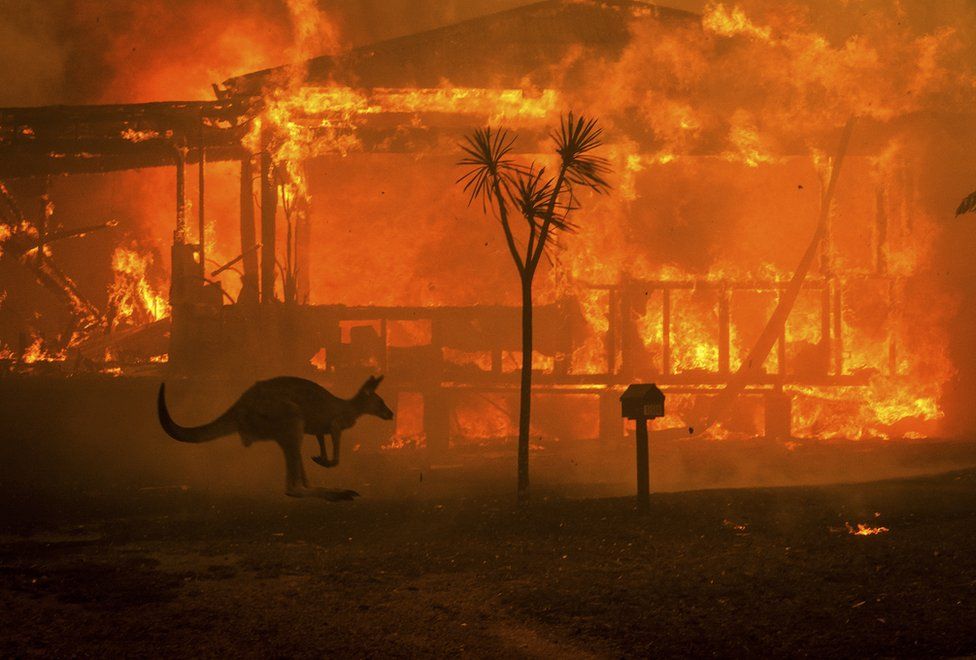Drones: The Unregulated and Ungoverned Killing Machines

Those waking up in Ukraine do not greet the morning with the smell of coffee and beautiful blue skies. Rather, they are waking up to loud explosions, smoke-engulfed buildings collapsing, and missiles striking their homes and those of their loved ones. In this war with Russia, Ukrainians are waking up to the utter chaos resulting from pilotless vehicles known as drones.
Both Russia and Ukraine are utilizing drones to locate targets and drop bombs. In late May 2023, Russia targeted residential buildings in Ukraine in a wave of drone attacks that killed numerous civilians. While Ukraine has stated that it is not “directly responsible,” eight drone strikes hit Moscow on May 30, 2023, damaging buildings, and injuring Russian civilians. For more than a year, life in Ukraine and Russia has been characterized by drones swarming the sky, accentuating the unease, terror, and destruction resulting from this war.
Drones are referred to as “unmanned aircraft systems,” “unpiloted aerial vehicles” (UAV), or “remotely piloted aircrafts” (RPA). An RPA is defined as a powered aerial vehicle that does not physically carry a human operator but uses aerodynamic forces to lift the aircraft and is flown autonomously or remotely piloted. The UAV’s system consists of an unmanned aircraft, a control system (like a ground control station), a control link or specialized datalink, and other support equipment. A drone’s greatest advantages include its remote control, its weight, expendability, low cost, and unfortunately, its high impact of damage.
The use of drones is not isolated to the militaries of Ukraine and Russia. Militaries around the world, including the United States, are using drones ranging from small consumer quadcopters to remotely piloted warplanes. For example, China is increasingly using drones for covert surveillance, especially in patrolling the disputed islands in the South China Sea. Turkey’s military drone, the Bayraktar TB2, can carry laser-guided bombs. The United Arab Emirates imports drones to deploy in Yemen and Libya to monitor warlords. North Korea deployed drones in South Korea, and South Korea is considering developing a special drone unit after that attack. The US has used drone warfare in overseas operations in Iraq, Afghanistan, Syria, and other conflict zones.
Over the last few years, there has been an exponential rise in drone purchases. Especially with the lack of restraints on UAV buyers. Each country is free to independently decide where and when drones are permitted to fly, without accountability from any other country or international authority governing the use of drones. Countries with armed military drones have no internationally agreed regulations to answer to. Drones can be deployed for counterterrorism operations, surveillance, and other unrelated needs. The only noted governing international law on drone use is the United Nations (UN) Charter which broadly prohibits the use of force. Codified in Article 2(4) of the UN Charter, the Article states that a UN member state can’t threaten or use force against the “territorial integrity or political independence” of another state in a way that is contradictory to the purposes of the UN. Although the Charter doesn’t use “armed” in its language, theorists understand that the Charter prohibits the use of military armed forces. Despite this, states have substantial discretion in governing their internal affairs and interpreting the UN Charter boundaries. Moreover, the UN Charter provides for exceptions to the prohibition. Article 51 of the UN Charter acknowledges self-defense as an exception to the use of force prohibition. Self-defense must be necessary and proportionate to the attack by another state. Regarding anticipatory self-defense, if an attack is not imminent and only possible, a state typically cannot launch a preemptive strike. Realistically, the Charter’s regulations do not govern or even influence a country’s use of drones.
There have been numerous attempts to establish international agreements on arms and the use of drones – witnessed by the support of the informal 2016 UN agreement that recommended countries’ documentation of the import and export of UAVs. Yet, none of these efforts have proven successful as countries do not want to release their drone data. Countries have determined the protection of their national sovereignty, the confidentiality of their drone technology, and the maintenance of their market share in the drone trade, outweigh the benefit of an international agreement governing drones and their usage.
Notwithstanding their military edge, drones are dangerous. With the advance of artificial intelligence, drones can communicate remotely and can change speeds, altitudes, and targets within seconds, making them extremely difficult to track and investigate. Furthermore, drone strikes often result in unintended casualties and damage.
With the capabilities to cause great devastation to countries and detriment to the lives of their citizens, drones need to be better regulated. With this in mind, there is a need for new, consistent, and restrictive rules on drone usage. Additionally, there is an immense need for collective international monitoring and agreement on the procedures of such. Further, there must be more transparency in reporting drone attack outcomes. There never has, and never will be, a benefit to countries permitting uncontrolled and unmonitored use of a weapon capable of mass destruction.
Article Written by Emily Alexander
Sources:
https://theconversation.com/drone-strikes-hit-moscow-and-kyiv-in-the-growing-world-of-drone-warfare-anything-goes-when-it-comes-to-international-law-206741
https://rmas.fad.harvard.edu/unmanned-aircraft-systems-drones
https://www.sipri.org/sites/default/files/2021-08/att_first_six_1_scope_holtom.pdf
https://www.justia.com/international-law/use-of-force-under-international-law/
